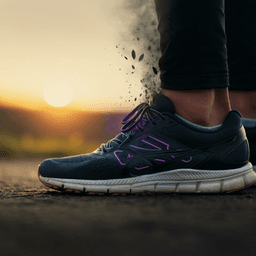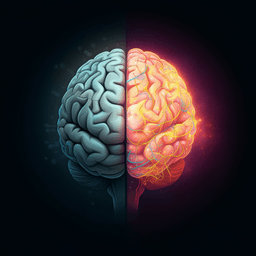
Medicine and Health
Efficacy and safety of brain–computer interface for stroke rehabilitation: an overview of systematic review
J. Liu, Y. Li, et al.
This re-evaluation of systematic reviews and meta-analyses reports that brain–computer interface (BCI)–combined therapy can improve upper-limb motor function and daily-life quality for stroke patients, especially in the subacute phase, with good safety—while noting gaps in speech, lower-limb, and long-term outcomes. Research conducted by Jiajun Liu, Yiwei Li, Dongjie Zhao, Lirong Zhong, Yan Wang, Man Hao, and Jianxiong Ma.
~3 min • Beginner • English
Related Publications
Explore these studies to deepen your understanding of the subject.







